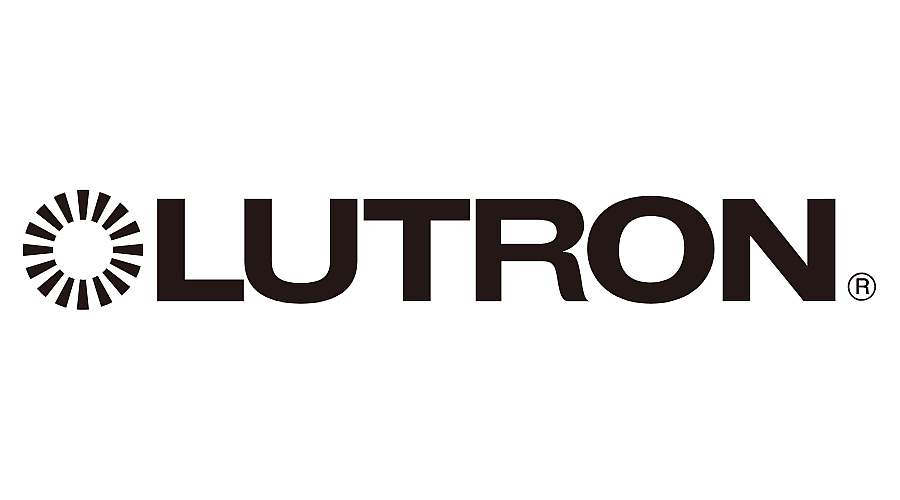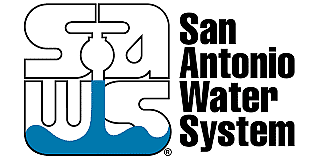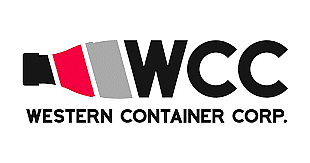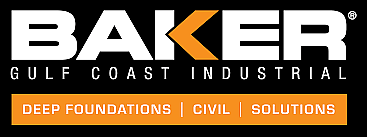Cathodic Protection Engineers
Cathodic protection (CP) is a technique used to prevent corrosion on metal surfaces by making the metal anode and introducing a cathode, which attracts the electron flow away from the metal, thus preventing corrosion. These are professionals trained in designing, installing, and maintaining cathodic protection systems for various structures, such as pipelines, offshore facilities, and tanks. The field of cathodic protection engineering can be thought of primarily as a hybrid between electrical engineers and chemical engineers. After all, applying cathodic protection is the process of controlling an electrochemical cell. Electrical engineers can accurately predict, model, and apply the necessary electrical current to the structure that needs protecting. Chemical engineers can accurately predict and model surface chemistry.
Other types of engineers can assist in different ways, such as a mechanical engineer assisting with erosion or a civil engineer assessing the remaining strength of the structure after corrosion has occurred.
Cathodic protection is essential in industries like oil and gas, marine, and construction, where metal structures are exposed to a corrosive environment. In this article, we will explore the role and responsibilities of a cathodic protection engineer, corrosion prevention techniques, designing and implementing cathodic protection systems, monitoring and maintaining cathodic protection systems, and the future of cathodic protection engineering.
The field of cathodic protection engineering can be thought of primarily as a hybrid between electrical engineers and chemical engineers.
Role and Responsibilities of a Cathodic Protection Engineer
Cathodic protection engineers ensure that metal structures are adequately protected from corrosion. They design and implement cathodic protection systems that use electrochemical principles to prevent corrosion. The primary responsibilities of cathodic protection engineers include the following:
- Performing Soil Corrosivity Analysis during the planning phase
- Conducting site surveys and evaluating corrosion risks
- Designing cathodic protection systems that meet industry standards
- Preparing project plans and cost estimates
- Overseeing installation and implementation of cathodic protection systems
- Conducting tests and inspections to ensure that the systems are functioning correctly
- Providing recommendations for maintenance and repair of cathodic protection systems
- Providing technical support to project teams and clients
- Preparing reports and documentation related to cathodic protection systems
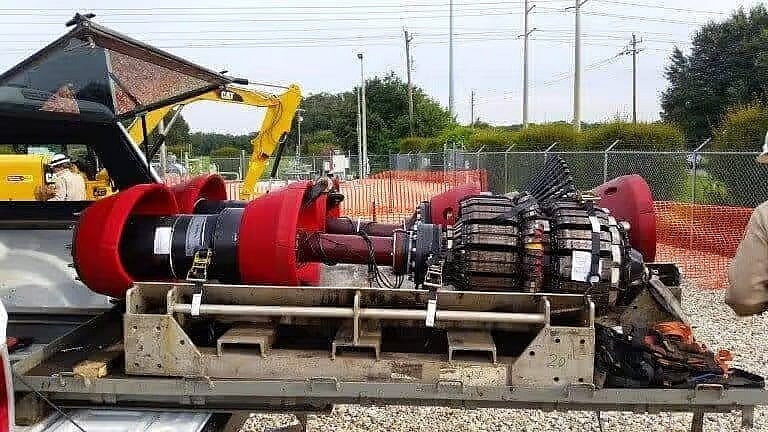
Pipeline Pig being prepared to assess corrosion in a pipeline
Corrosion Prevention and Control Techniques
Cathodic protection is one of the most effective techniques for preventing corrosion. Other corrosion prevention and control techniques that cathodic protection engineers may use include:
- Coatings and paints: Applying paints and coatings to metal surfaces to protect them from the environment
- Corrosion inhibitors: Using chemicals that inhibit the corrosion process
- Materials selection: Choosing materials that are resistant to corrosion
- Environmental control: Controlling the environment to reduce exposure to corrosive agents
- Cathodic protection supplements: Additional methods to enhance cathodic protection include more impressed current or sacrificial anode cathodic protection, coatings, bonding wires, bonding resistors, and shields.
Qualifications of a Cathodic Protection Engineer
Requirements for CP Engineer
In order to design a system for construction or perform any surveys for use by others, the person must be a licensed professional engineer in the state the construction or surveys will take place or be supervised by a professional engineer…
When looking for an engineer, a few things are required:
- In order to design a system for construction, the engineer must be a licensed professional engineer in the state the construction or surveys will take place. This is the single most critical qualification of any consulting engineer that you hire. This is a legal requirement in all states. Any engineer designing a system without a license is subject to fines, and the system may have to be re-evaluated by a licensed engineer, a very costly and time-consuming process. This licensure ensures that the engineer stands behind their work, and is willing to put their name on the system’s operation.
- Specifically, cathodic protection engineers should have studied in a related field and be licensed in that field, such as Electrical Engineering or Chemical Engineering. Cathodic protection controls an electrochemical cell; college electrical and chemical engineering graduates with the right industry experience are best equipped to design and troubleshoot them.
- If the cathodic protection engineer is not licensed, they must be directly supervised by a licensed professional engineer in responsible charge of their work. This person must be their supervisor at the same company. Preferably the supervising engineer will make trips to the site to examine and verify that the work is being done correctly.
- The company that the Cathodic Protection Engineer works for should be licensed with the engineering board in the state where the construction or surveys will take place. Most states require companies to register with the board of engineering for their state, but not all require it.
Good additional qualifications of a CP Engineer
There are also a few things to look for to ensure the engineer is trained to industry standards:
- Certification as an AMPP CP4 (Cathodic Protection Specialist). This is the highest certification from AMPP for a cathodic protection engineer. While it does not replace licensure as a professional engineer, it is a good hallmark of a person who deeply understands the methods of cathodic protection.
- Certification as an AMPP CP3 (Cathodic Protection Technologist). While not as rigorous as a CP4, the CP3 certification can assure you that the individual has enough understanding to design and implement an effective cathodic protection system.
- The lower grades of certification (CP2) and (CP1) are primarily for individuals who will be performing field assessments, data collection, or other similar tasks under the supervision of a professional engineer.
While not explicitly required in any jurisdiction, the qualifications and training that CP4 and CP3 certifications ensure help you to determine if an engineer has the training and background to address cathodic protection installations and issues.
Qualifications of a CP Engineering Firm
The company you are looking at should have a track record, including:
- No or very few site injuries involving safety violations, OSHA violations, or site operating rules.
- Licensed Engineering Firm
- The firm should be insured to a reasonable level, including professional liability for any designs they produce.
- The firm should have excellent references across several industries.
- The firm should be able to provide materials and installation methods.
- The firm should be willing to provide field training and assistance if the Prime contractor or customer wishes to perform any of the installation work.
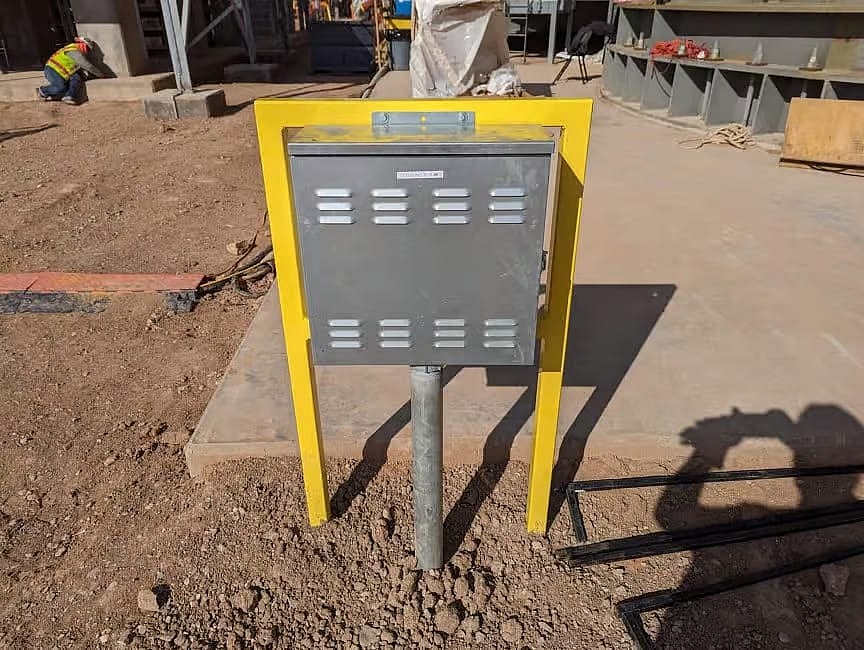
CP Bond Box Installed by Dreiym Engineering
Designing and Implementing CP Systems
The design and implementation of cathodic protection systems are critical for ensuring the long-term protection of metal structures. Cathodic protection engineers use a range of tools and techniques to design and implement cathodic protection systems that meet industry standards.
The design process involves conducting a site survey to identify the areas that require protection, calculating the current density required to protect the structure, selecting the appropriate type of cathodic protection system, and preparing a detailed project plan.
Implementation involves installing the cathodic protection system, including the anodes, cabling, and monitoring equipment. Cathodic protection engineers must ensure the system is installed correctly and meets industry standards. Cathodic protection engineers can perform material take-offs and promptly deliver the materials to the job site.
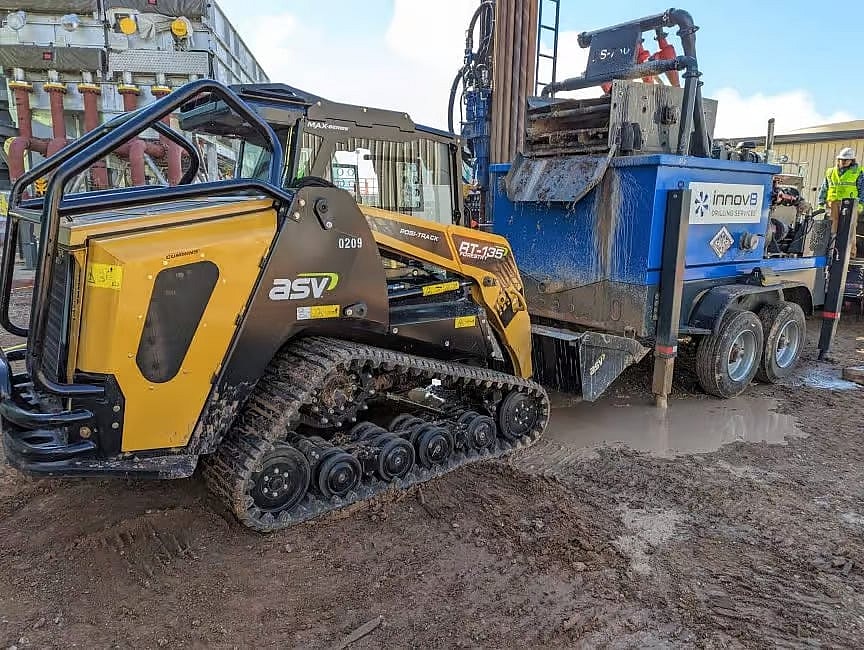
Cathodic Protection Drilling – Dreiym Engineering (with Skid Steer) and innov8 with a drilling rig install a CP deep well on a construction site in El-Paso
Monitoring and Maintaining CP Systems
Monitoring and maintaining cathodic protection systems are crucial for ensuring their long-term effectiveness. Cathodic protection engineers use various techniques to monitor and maintain cathodic protection systems, including:
- Adhering to all PHMSA regulations that apply to your systems
- Conducting regular inspections to identify any issues or problems, preferably no less than one survey a year; however, quarterly surveys ensure that actions are timely and corrections happen quickly.
- Performing tests to ensure that the system is functioning correctly
- Conducting repairs and maintenance as required
- Providing technical support to project teams and clients
- Preparing reports and documentation related to cathodic protection systems.
These monitoring activities are usually carried out by AMPP-certified CP1 or CP2s, with the supervision of a licensed professional engineer (who is also preferably a CP4).
Future of Cathodic Protection Engineering
CP engineering is a growing field that is likely to become increasingly critical in the future. As industries continue to rely on metal structures, the need for effective corrosion prevention and control techniques will only increase. Cathodic protection engineers will be crucial in designing, implementing, and maintaining cathodic protection systems that protect these structures from corrosion. While some products are coming to market that may replace some metal structures, such as small-diameter pipes, the use of metal is unlikely to end soon for many applications.
Cathodic protection engineers are professionals who are critical in protecting metal structures from corrosion. Using electrochemical principles, engineers design, implement, monitor, and maintain cathodic protection systems that meet industry standards. The future of cathodic protection engineering is bright, with increasing demand for effective corrosion prevention and control techniques in various industries.
Contact us for a discussion if you need assistance with cathodic protection systems design or assessment.

















